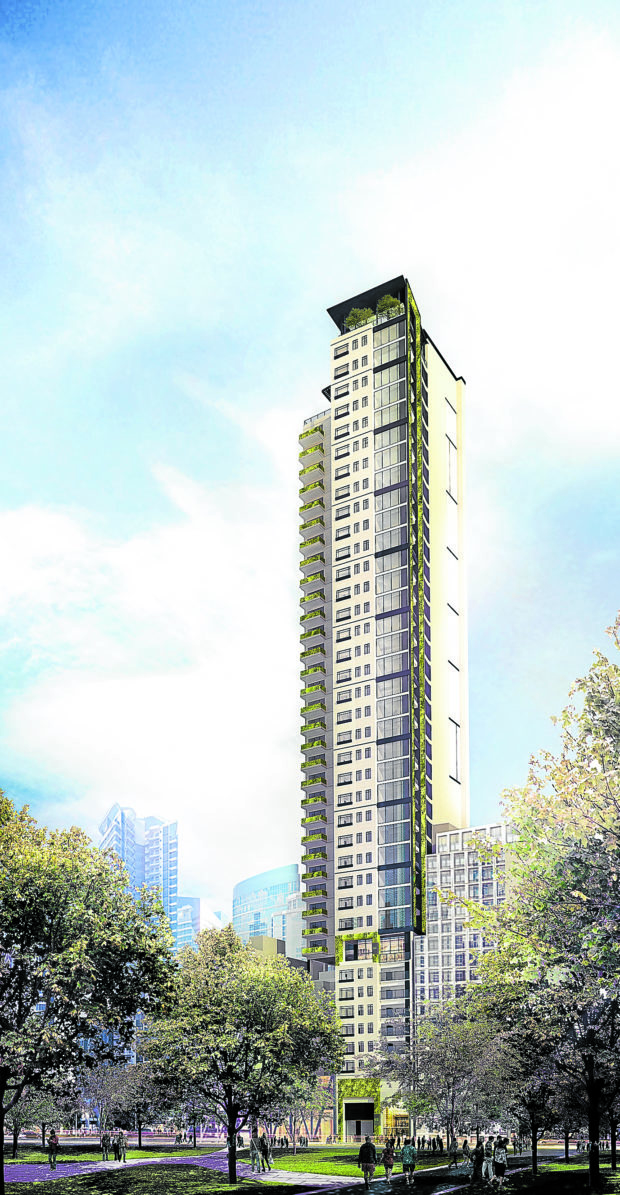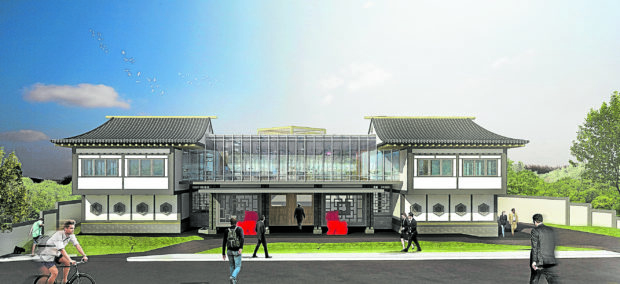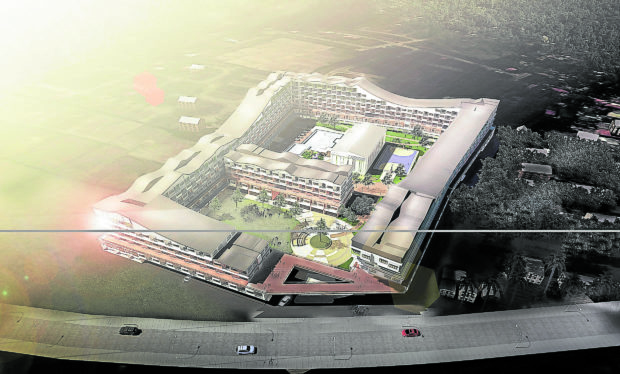The Year of the Ox

Omni Gardens along Ongpin Street will introduce spacious homes and veritable sky gardens to the intense density of Chinatown.
The Chinese New Year marks the turning of the lunar calendar. It is also known as the agricultural calendar as it marks the turning of the seasons and guides farmers on agricultural activities. Much of Asia today still celebrates holidays and festivals based on this calendar, which shows our roots as an agrarian society.
As opposed to the pastoral origins of Indo-Europeans, East Asians evolved into a more settled and permanent agrarian society. It is the surpluses from agriculture that have largely dictated the development and settlement of Asian civilization. This agricultural surplus has led to historically bigger and denser cities along with greater populations.
Today, the biggest cities in the world can be found in Asia. The advent of growing megacities and urban agglomerations has given rise to various dichotomies that have beset the planning of our cities. There is no tried and tested blueprint for our megacities. The 21st century will be an age for us to explore and determine how our cities should be. As the ongoing pandemic has shown the resilience of Asian societies, it will also show the inadequacies and problems as vaccination programs begin around the world.
Our close-knit societies value cohesion and mutual support. We can forego freedoms for the greater good. Yet our societies are also reliant on central leadership. We are faced with inaction when there is no guide to define or determine the right course of action.

This proposed residence for the Chinese Embassy features a courtyard gallery and articulated roofs in bilateral symmetry.
Architecture, as with many of our arts, draws heavily upon a well of influences. One character we’ve acquired as an agrarian society is our value for land.
Article continues after this advertisementLand is still valued as the source of life. In a rapidly condensing world where the countryside is emptying and technology has largely detached wealth from the feudal relationships we had with property, land is still one of the great denominations of status and wealth. This has led to fragmentation of our farmlands where inefficient farming still holds sway and large swathes of unproductive or idle land are owned but not utilized.
Article continues after this advertisementChinese architecture
I have always seen Chinese and Asian architecture as a great well from which we seldom draw as architects. The observation and exploration of an alternative, completely alien string of architecture can only help increase the diversity of our influences and ideas.
Some of the best and most interesting architecture in the world today is happening in China. As Chinese society matures and modernizes, it has begun to veer away from both traditional and foreign impositions, slowly developing its own path. This is a way forward that we must also embrace locally—to identify values and ideas unique to us and develop them to further our own architectural development.
Among the distinct features of Chinese architecture is the hierarchal domination of the roof. Gabled roofs with articulate bracket supports dominate historical Chinese skylines. These emphasize horizontality and breadth exhibiting vastness and space. This hierarchy is also well defined in Chinese cities. Order is imposed in the built environment while the landscape is deliberately organic and flowing.

This courtyard development is inspired by traditional tulous and wall architecture, enclosing a great social space where residents can safely gather and interact.
Chinese houses feature enclosed openings like courtyards or sky wells. Most dwellings utilize this to better regulate airflow and temperature. They also serve as social spaces for gatherings and events. Much of Chinese society hinges around social hierarchies and responsibilities. This is well reflected in architecture as well as in city planning.
The Chinese New Year is a time of gathering and celebration. In architecture as in nature, diversity and interaction brings about a stronger and much better ecosystem. As we develop our cities in the years to come, let us not forget that what makes our culture unique is the blend of various cultures that have come to define who we are as a nation.
Let us celebrate variety not just in architecture, but also in our thinking and ideas. May the new year bring us fresh opportunities brought about by open minds and the willingness to explore a better way forward!